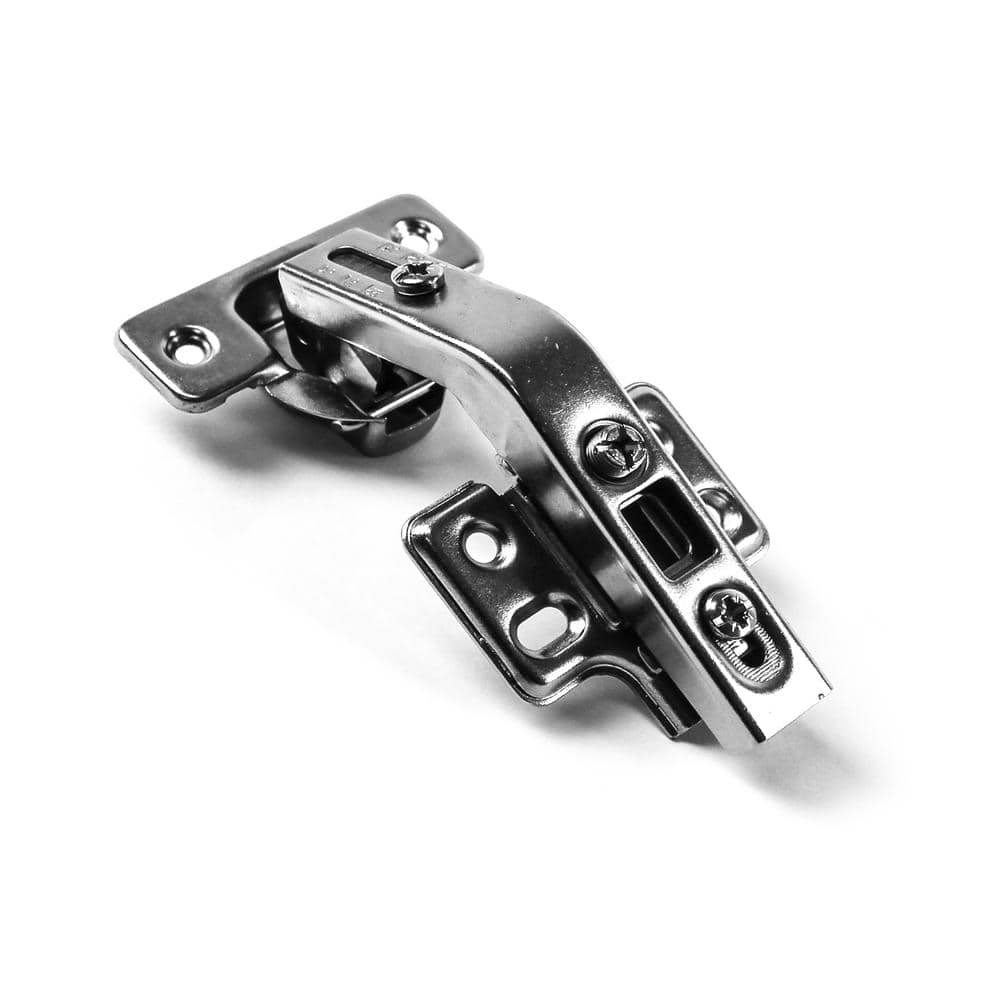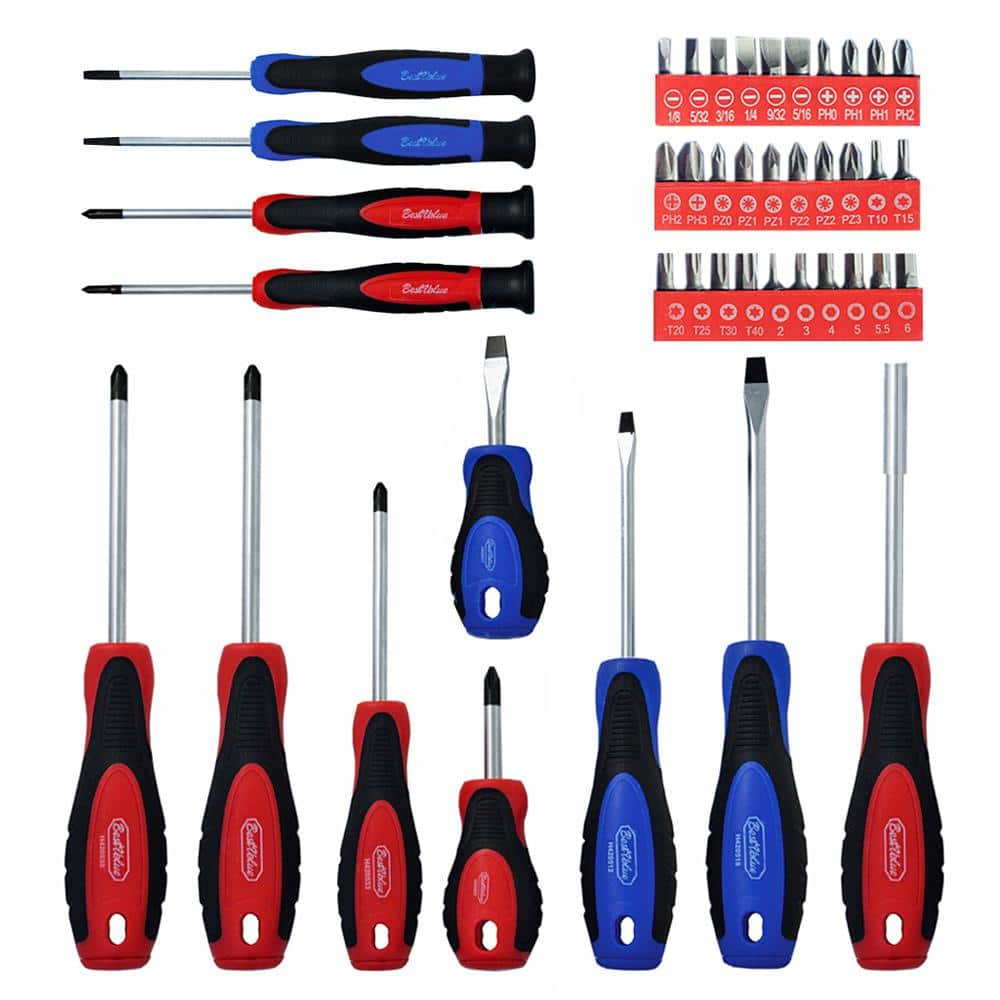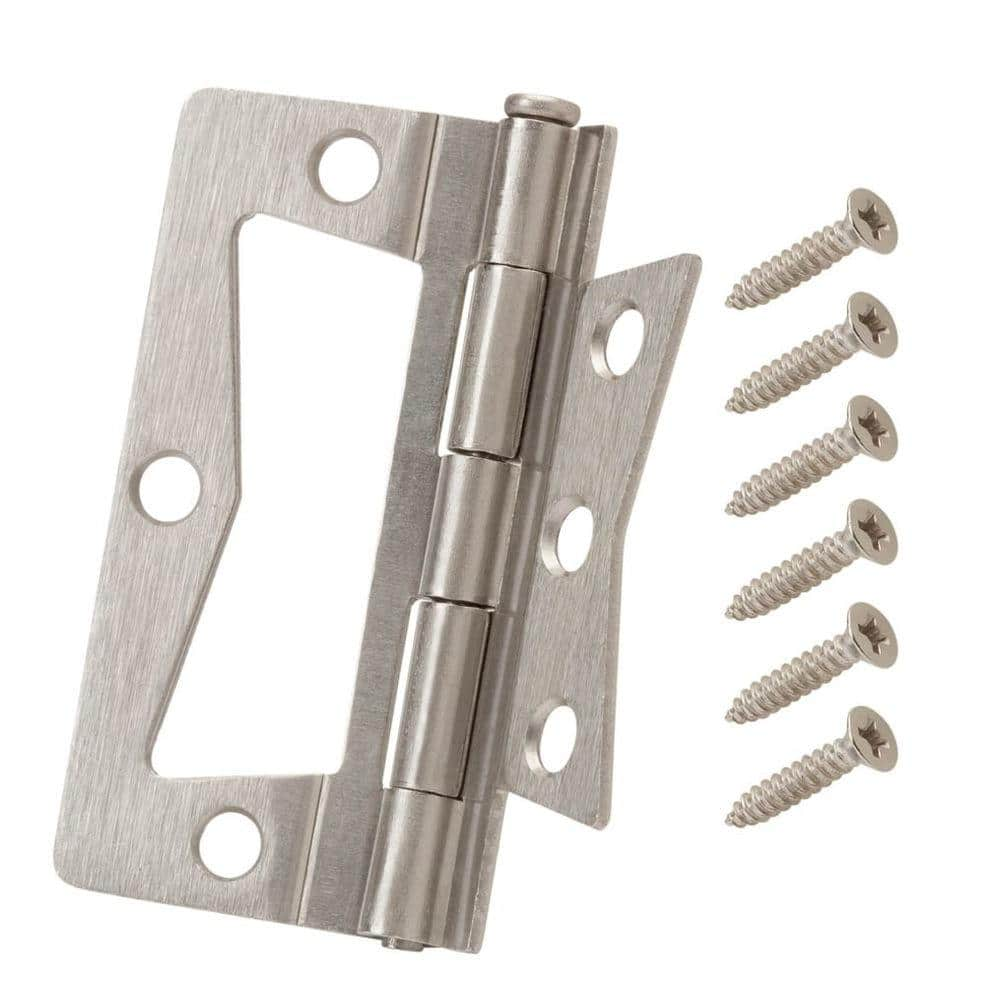Types of Hinges

Published September 6, 2023
A hinge is used every time you open a door, close a cabinet or lift the cover of your freezer chest. The two pieces of interconnecting metal secured by a pin perform important tasks, and you may tend to overlook them until you can’t open or close a door correctly.
There are different styles and types of hinges for doors, cabinets, warehouse gates, barn fences and anything that must open and close. This guide describes the different uses for door hinges, along with mounting, sizing and materials.
Table of Contents
How Hinges Work
Butt Hinges
Spring-Loaded Hinges
Concealed Hinges
Overlay Hinges
Strap Hinges
How Hinges Work
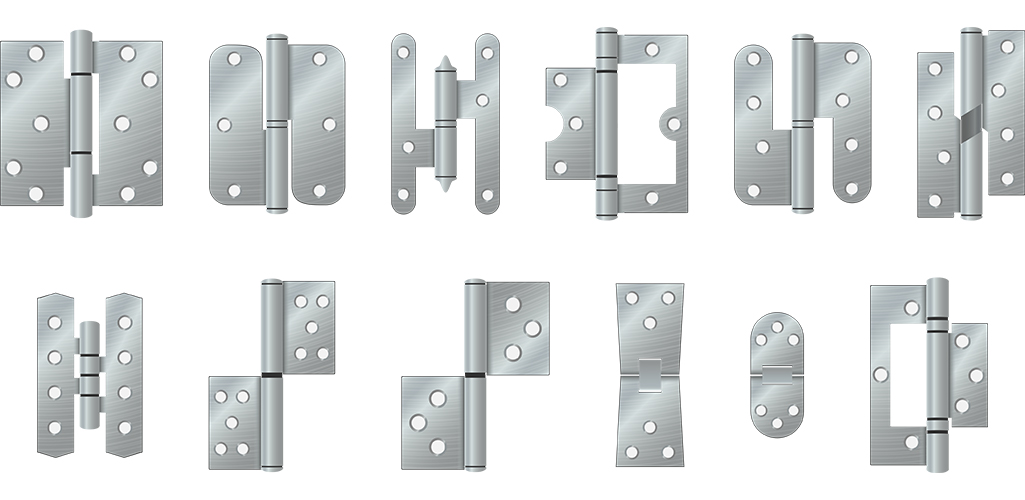
Most types of hinges comprise three basic parts: the leaf, knuckle and pin. When joined together, they create limited rotational movement.
- The hinge leaf is the piece of metal that moves with the door or gate it is connected to. One recognized type of hinge leaf is the stamped metal plates attached to doors and the frames.
- The knuckle, or loop, is the hollow tube in the middle of the hinge. Each hinge leaf is made with tabs or ridges that are rolled to interlock with an opposing leaf. When the leafs are joined, it creates the knuckle.
- The pin, the third part of the hinge, slides through the hollow knuckle to lock and join the hinge. There are different types of hinges, such as those for residential doors, that have removable pins. Others are fixed, such as the pins that are part of the best cabinet hardware hinges.
Butt Hinges
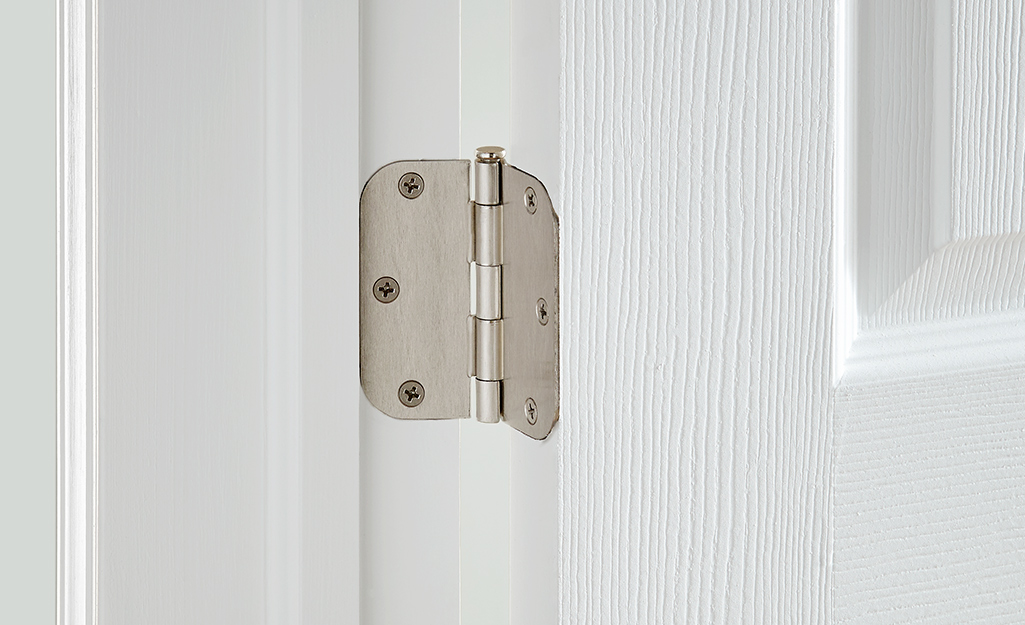
Butt hinges are commonly used types of hinges for doors. The leaves are mounted inside a shallow cut, or mortised, section of the door and frame to allow for a flush and precise fit.
- Useful for exterior and interior lightweight doors.
Spring-Loaded Hinges
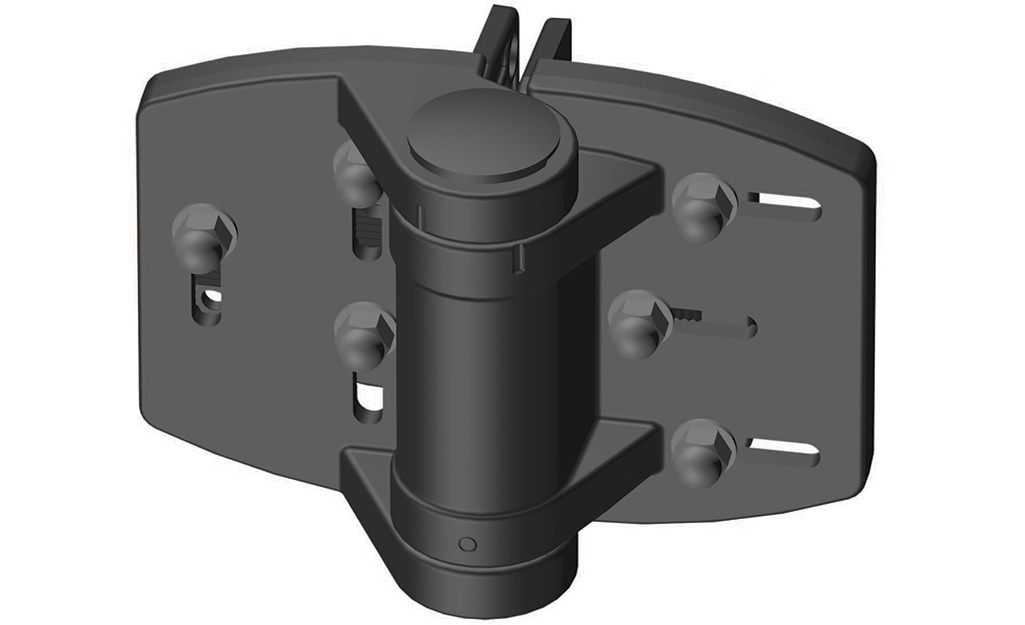
A spring-loaded hinge resembles a butt hinge in many cases but has a spring attached to the pin that allows doors like screen doors to automatically close.
- Useful for screen doors and patio doors.
Concealed Hinges

Concealed hinges are designed to be hidden when doors are closed. They can be self-closing and are adjustable. Concealed hinges come in a variety of finishes
- Useful for cabinets.
Overlay Hinges
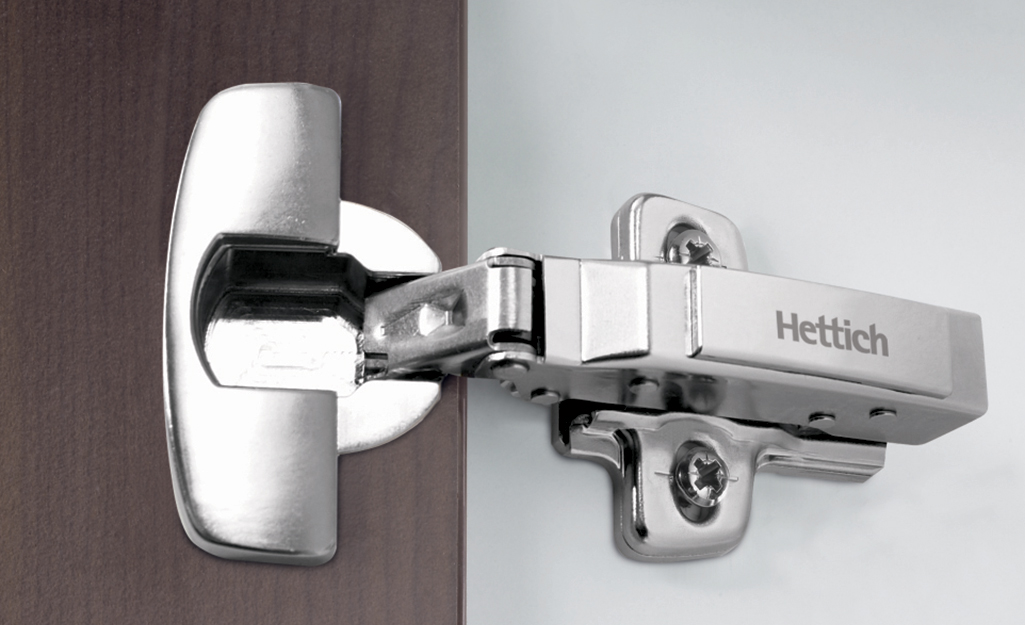
Overlay hinges are designed for doors that, when closed, lie on top of the cabinet opening rather than fit into it. The size and depth of the door’s overlay determines the type of hinge to use.
- Useful for cabinets and cupboards.
Strap Hinges
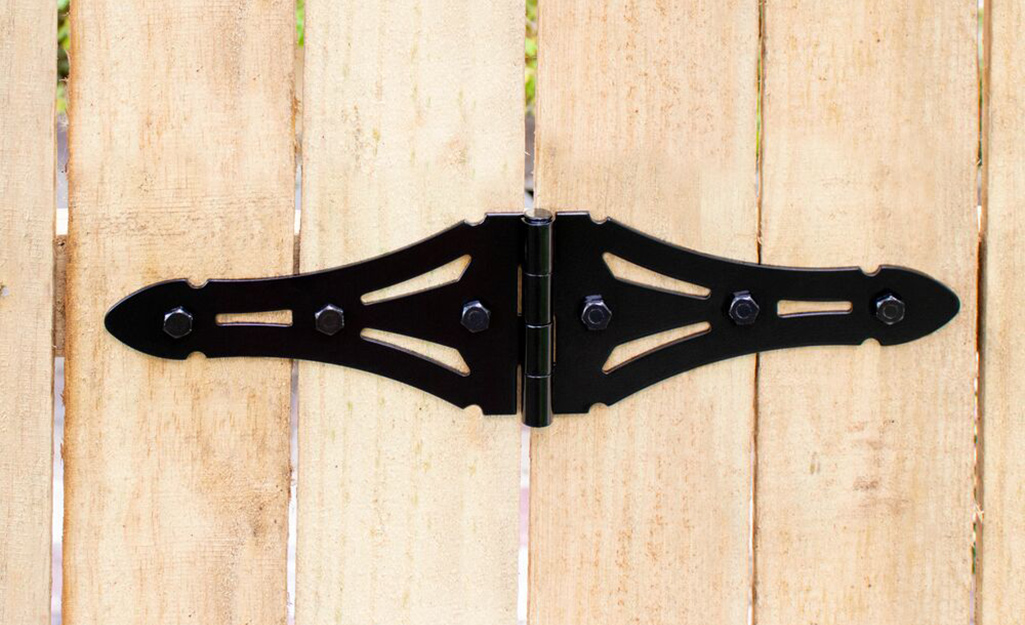
Strap hinges are self-closing tight pin hinges. These types of hinges are functional but they are also made to be ornamental. Strap hinges with wider leaves and larger pin diameters provide extra strength and support. You can find them in metals like brass and stainless steel.
- Useful for doors, gates and cabinets.
Gate Hinges
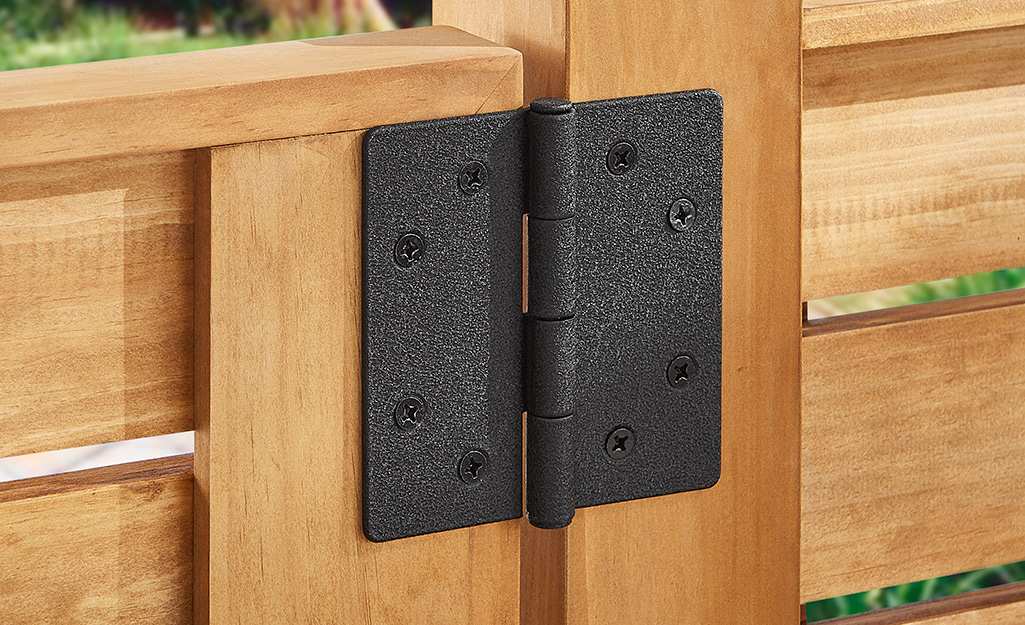
Gate hinges are heavy-duty hinges that can support up to 75 pounds. Many styles of this hinge features L-shaped pins that insert and rotate in a barrel to swing the door open and closed.
- Useful for barn gates, fences and other heavy doors.
Ball-Bearing Hinges
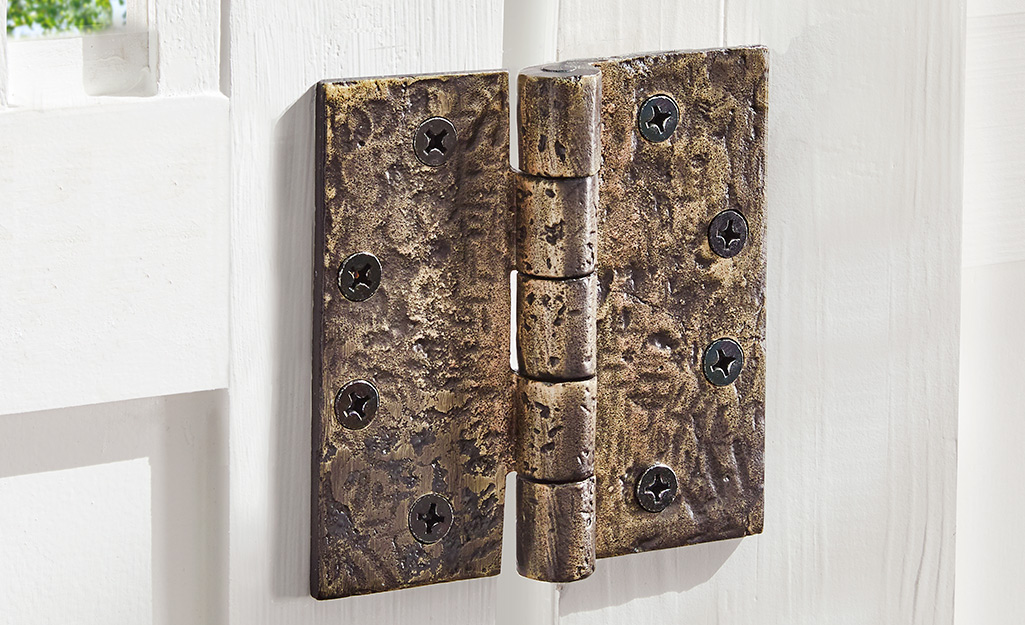
These hinges are equipped with ball bearings to reduce friction. Ball-bearing hinges can be screwed on or welded on.
- Useful for cabinets and in interior doors.
Offset Hinges
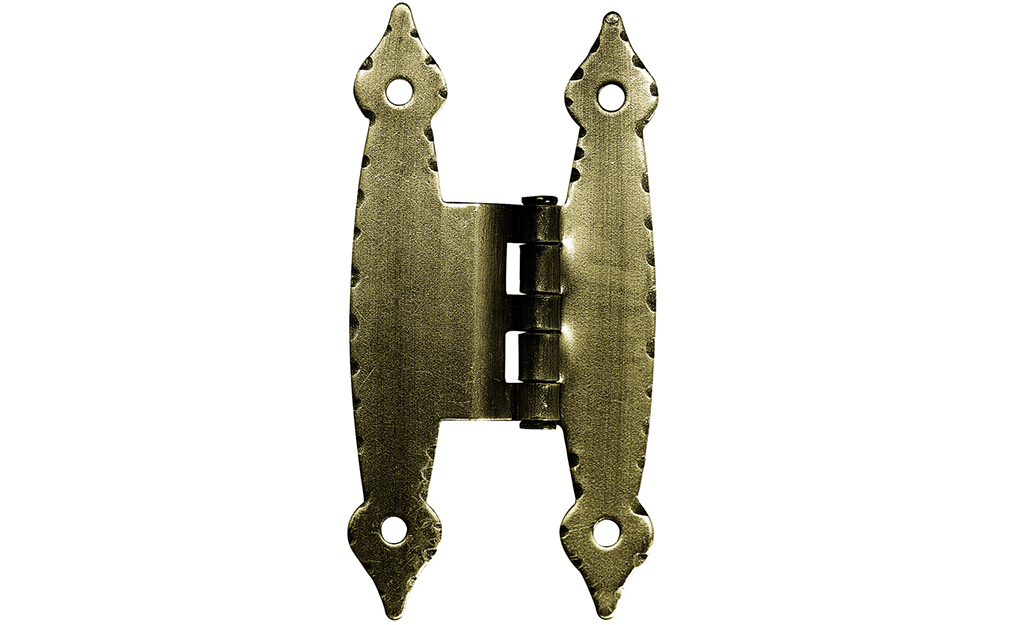
Offset hinges can be used to extend a doorway opening. The hinge swings away to increase the doorway’s width by up to 2 inches.
- These types of hinges for doors improve accessibility for disabled individuals who use wheelchairs or walkers.
Scissor Hinges
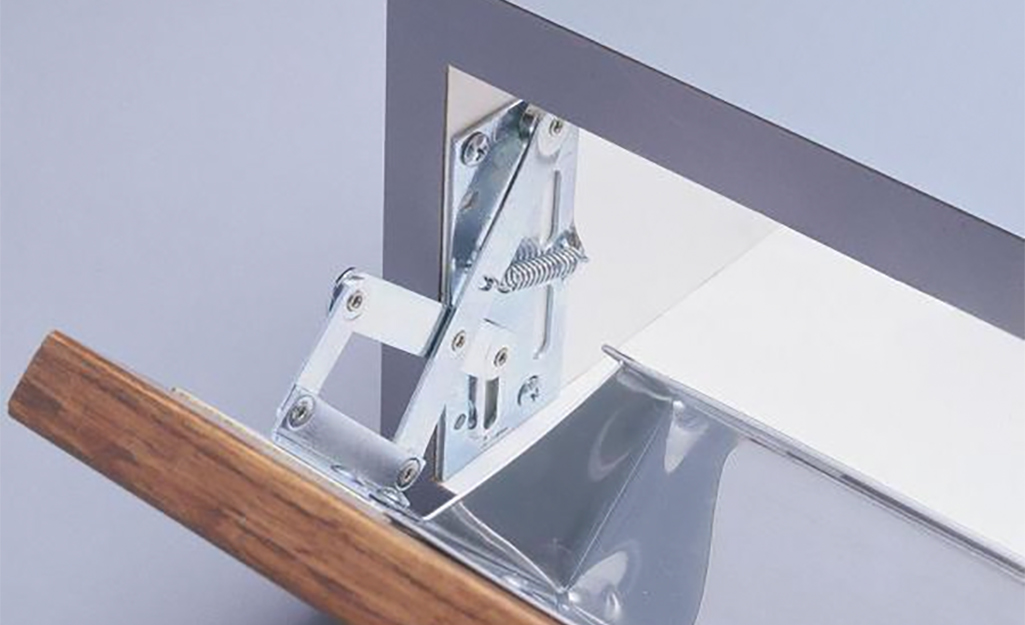
Scissor hinges can lift up or drop down and are used to control their opening. They hold at a specific angle and require pressure to close.
- Useful for tool chests, radiator covers, chests and some automotive applications.
Continuous Hinges

Also called a piano hinge, these types of hinges are designed to match the full height of the door or cover. They distribute weight evenly over the entire length of the hinge.
- Useful for doors, cabinets, chests and lids.
Double-Action Spring Hinges
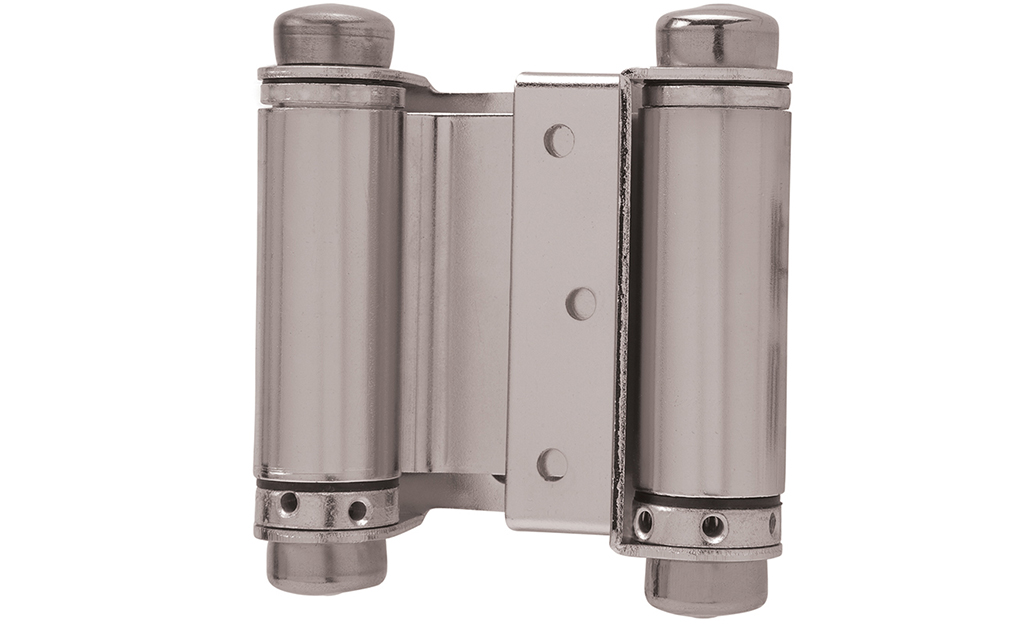
This spring-loaded hinge allows for doors to open in either direction. The spring returns the door to the closed position.
- Useful for dining room doors.
Knuckle Hinges

This type of hinges for doors works with cabinets and decorative doors. The hinge knuckle shows only when the door is closed.
Mounting Hinges
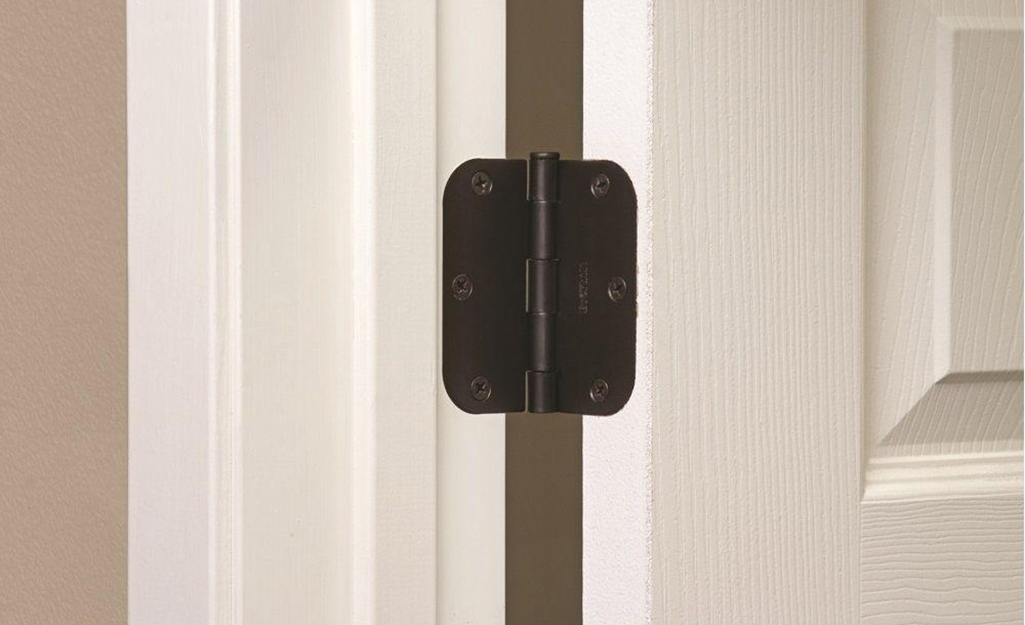
Most types of hinges are installed in four mortise, or shallow cut, configurations: full-mortise, half-mortise, full-surface and half-surface.
- Full-mortise installations have one leaf cut into the door jamb and one into the edge of the door.
- Half-mortise installations have one leaf mortised into the edge of the door and one anchored onto the surface of the door jamb.
- Full-surface mounting occurs when the two leaves are secured to the surface of the door.
- Half-surface mounting occurs when one leaf is mortised into the door jamb and the other anchored to the door’s surface.
Installation for most interior and exterior doors require a chisel, utility knife, hammer, screwdriver and drill.
Hinge Materials and Finishes
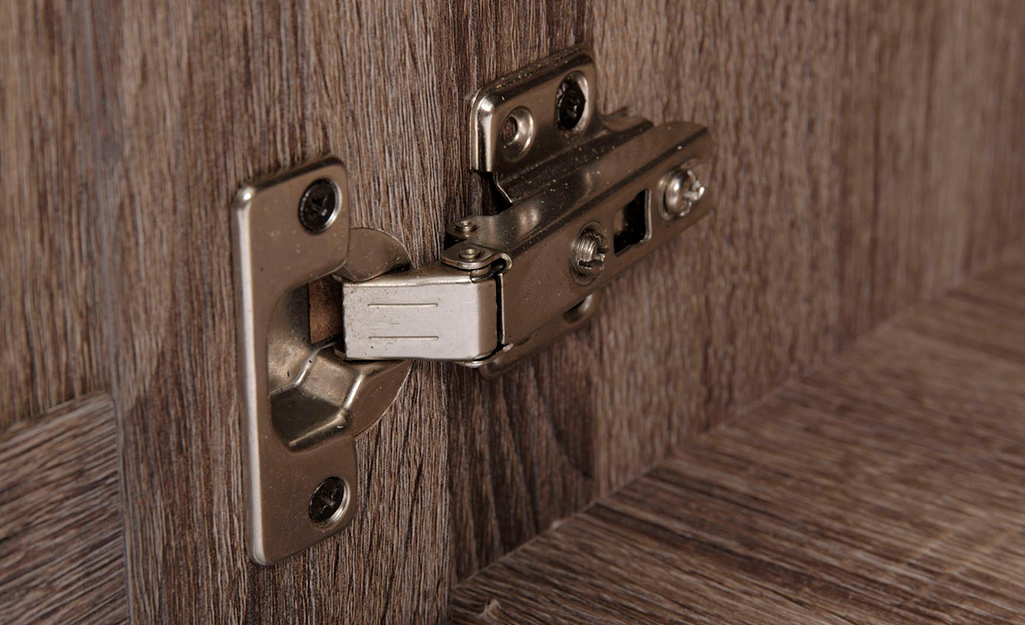
Hinges are manufactured out of a broad range of metals. Stainless steel, brass, bronze, pewter and copper are common hinge materials.
- The finishes for different types of hinges complement the design of the door and surrounding decor. Common finishes include primed, polished, plated, rust-resistant and more.
- Most hinge types are available in a wide range of sizes. For example, spring joints may range from 2 to 4 inches.
The right choice of hinge will improve doorway access or improve the look of a cabinet renovation. There are so many choices of hinges to choose from. Download The Home Depot Mobile App to find out more about hinges.
